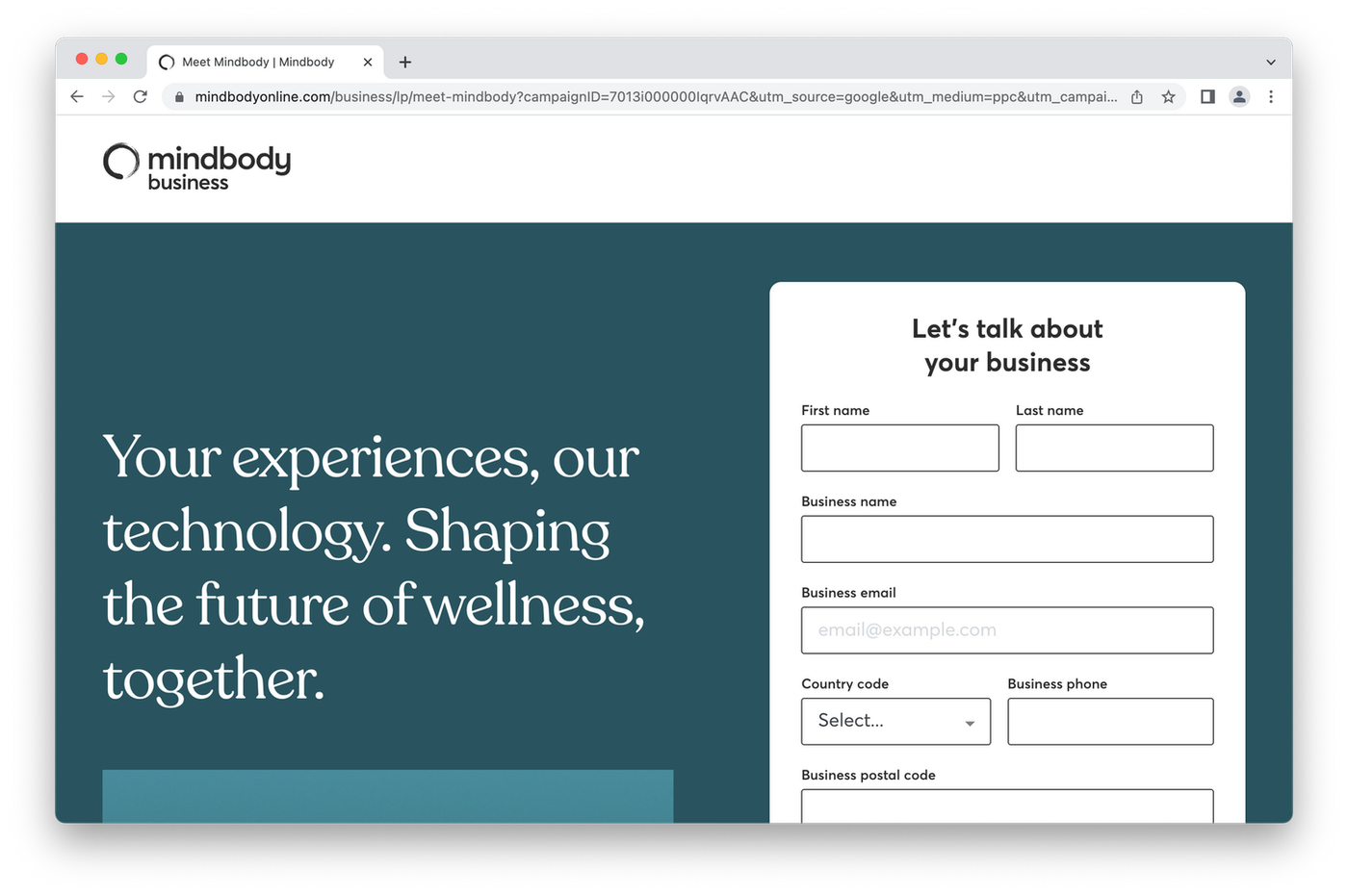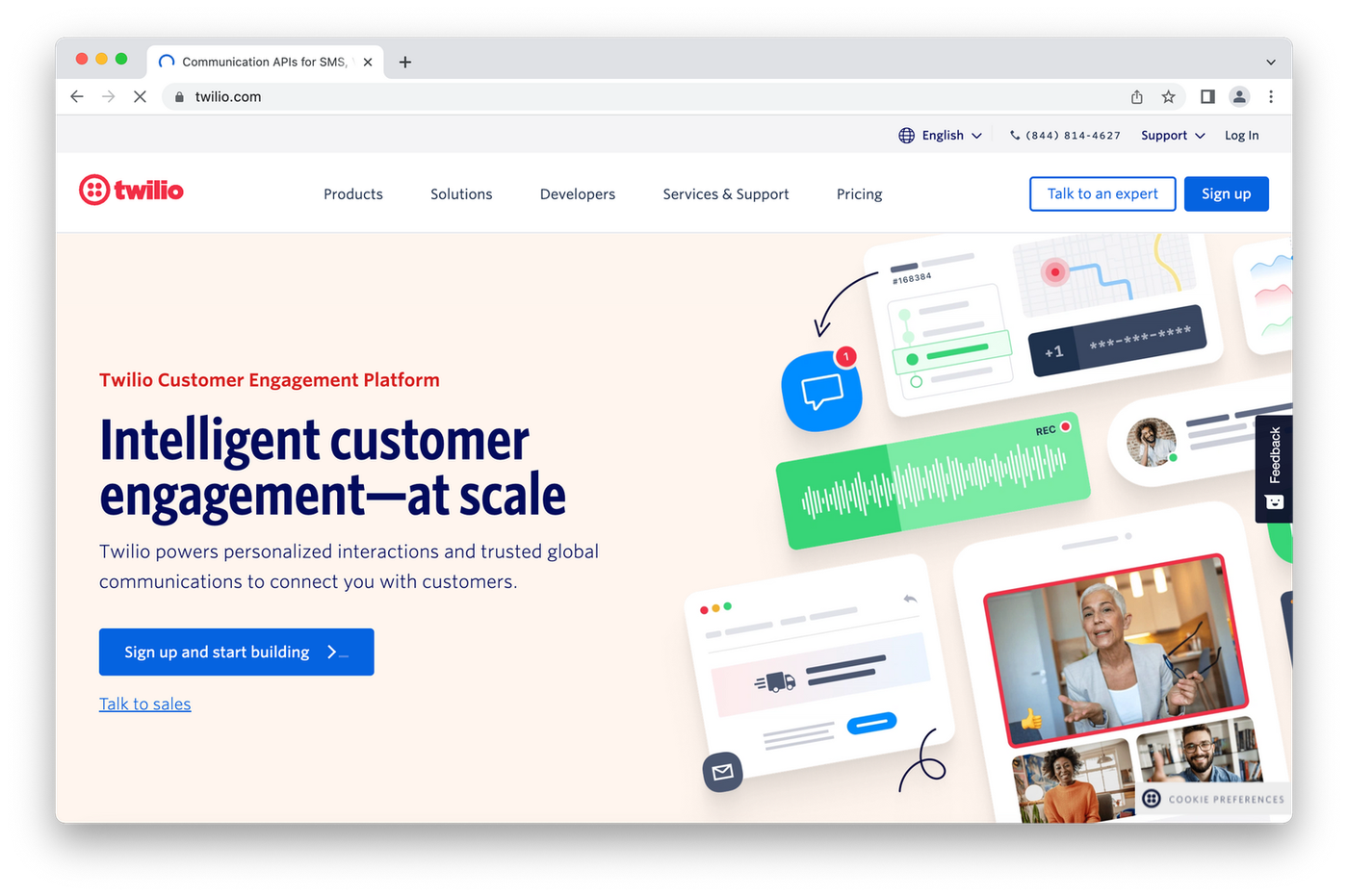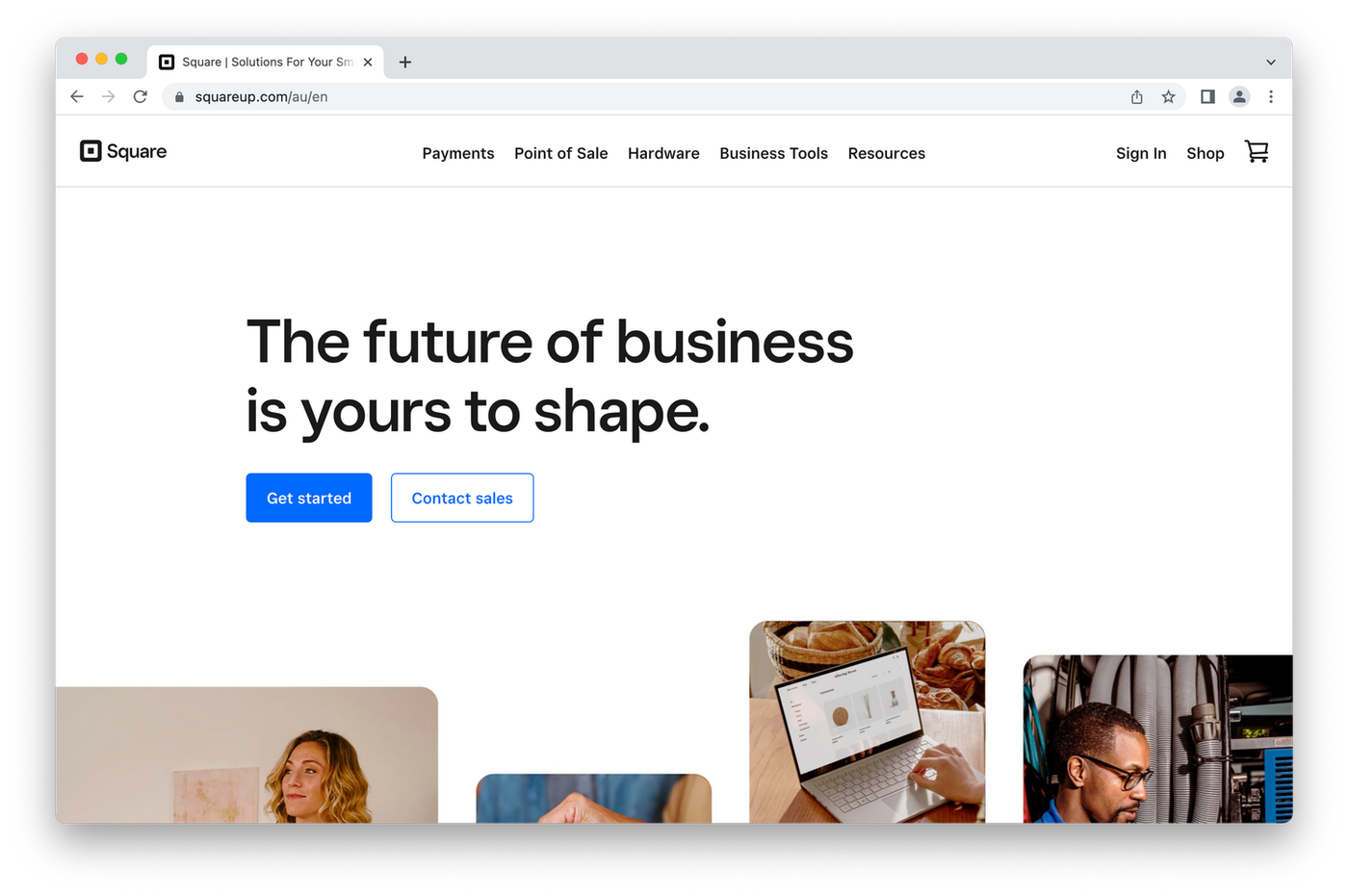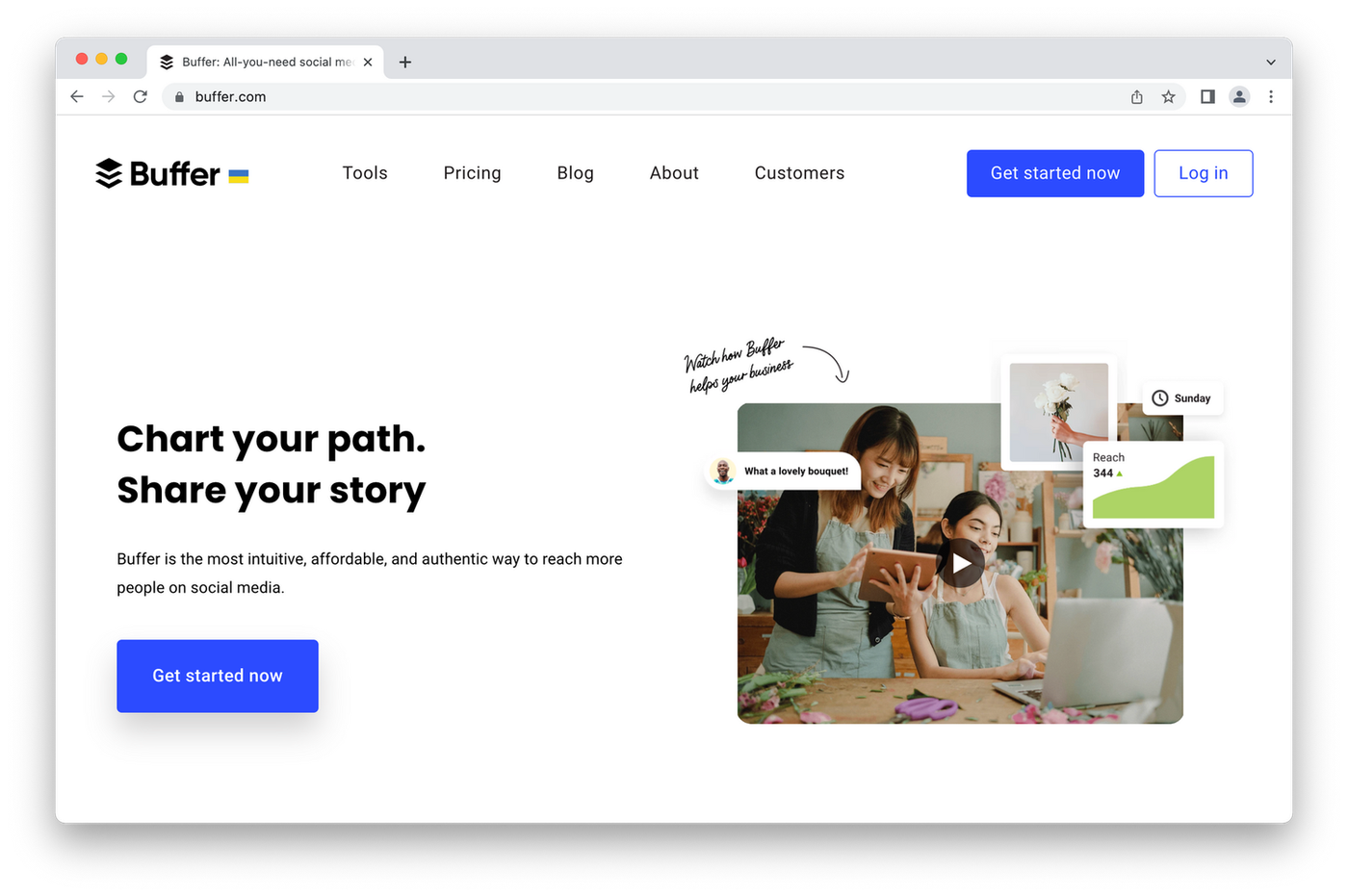
All Solutions

Explore all the solutions you can create with Paperform: surveys, quizzes, tests, payment forms, scheduling forms, and a whole lot more.
See all solutions











Connect with over 2,000 popular apps and software to improve productivity and automate workflows
See all integrationsProducts
Solutions
All Solutions

Explore all the solutions you can create with Paperform: surveys, quizzes, tests, payment forms, scheduling forms, and a whole lot more.
See all solutionsIntegrations

Connect with over 2,000 popular apps and software to improve productivity and automate workflows
See all integrationsResources
How to Open a Yoga Studio: 5 Actionable Tips from an Expert

While yoga is over 5,000 years old, the modern practice as we know it was first introduced to the west in the late 19th century.
Back then people still travelled by horse and buggy, women didn’t have the right to vote, and you could mosey on down to the local pharmacy to buy a spot of heroin.
Thankfully the world’s changed a lot since then, but yoga’s popularity has only grown. It’s gone from an obscure practice to a massive global industry, with revenue in the United States hitting $11.6 million in 2020 alone, and showing no signs of slowing.
With numbers like that, of course you want to start a yoga studio. But going from yoga teacher to small business owner isn’t an easy transition, especially in the hyper-competitive fitness industry.
That’s why we picked the brain of Chandelle Hay from Think Big Studios, a marketing and branding company that excels at building yoga businesses from the ground up.
She’s shared her expert tips with us on what it takes to open your own yoga studio, from zeroing in on the right location to making sure your social media game’s on point.
1. Create your yoga studio business plan
This isn’t exclusive to yoga studio owners, any business or charity should create one. It’s super important. A business plan is the first step to starting your new studio beyond the initial idea of “I should start my own yoga business”.
A business plan is where you determine your goals, decide on your budget, analyze your competition, and figure out how you’re going to separate your studio from the pack.
It's like a good yoga teacher - it guides you along your journey and sets you up for success in the future. With that in mind, let’s take a look at what your yoga studio’s business plan should include.
Executive summary
The executive summary is the introduction to your business plan. It outlines your business proposition to readers—think banks, investors or potential partners - but it’s also a way for you to define your vision for the business.
When starting a new business it can be easy to talk about what you’ll do. An executive summary formalizes your ideas and helps you set actionable goals.
There are a few key questions you’ll want to concentrate on answering.
- Who is your target market?
- What kind of yoga classes will you offer?
- What is your budget? What will be your pricing structure?
- Why will people want to come to your yoga studio?
- What are your goals? How will you achieve them?
It’s a lot to think about, but taking the time to work out answers to the big questions will set you up to have a successful yoga studio. And let’s face it, if you don’t have the motivation to do this, it’s probably time to reconsider the whole shebang.
Customer analysis
A business without customers is like a birthday without cake. Preposterous. They're kind of important if you want to run a business. So a crucial part of your business planning is taking the time to examine what kind of customers you want to attract (in other words, market research.)
market research survey
Visualize your yoga classes. Who do you see? Expectant mothers? Folks from the local nursing home? Millennials doing beer yoga? (It’s a thing.) A rugby team? A mix of ages, abilities and genders?
You might choose to offer a broad range of classes, or cater to a super-specific niche of stay-at-home dads with knee problems. Whatever you decide, understanding your potential customer demographics is a necessary step in growing your new yoga business.
You can choose to find one very specific type of customer and focus on them, or be a space that's open to everyone. People will tell you to find a niche, but we've seen lots of businesses succeed without one.
It's okay to be for everyone, especially in the fitness industry. You want as many members as you can possibly get.
If your target audience is diverse, it's important to plan. Let's say in the summer, you might target teachers who are on holidays, or around the new year period you might do marketing around "new year, new me". Take your time to plan it out and target people in the right way.
Services
Scoping out the competition and defining your target audience helps you choose what services to provide. For example, if you’re specializing in yoga for older adults, you probably won’t need to offer an aerial yoga class.
Once upon a time, it might have been enough to just advertise yourself as a ‘yoga business’. Now it doesn’t tell people much. There are all sorts of practices, from Vinyasa and hot yoga to Acro and dog yoga (known in the biz as ‘Doga’.)
Will you specialize in one type? Run several different yoga classes? Start your own niche of naked Vinyasa yoga with dogs? No matter what you decide you’ll need to create a detailed description of the services your new studio will be offering.
Once you’ve done that you’ll be able to think about what to charge for each class. Brainstorm different pricing types - will you offer drop-in classes where clients pay on the day? Or only monthly memberships?
While the focus is on teaching in your flash new studio, there are other revenue streams to explore. Plenty of successful yoga studios diversify their income by selling products like yoga mats or clothes - it's an easy way to support clients and boost your cash flow.
Cost projections
Any successful small business owner will tell you how important it is to stay on top of your finances. Cost projections let you understand where you’ll make money and where you’ll spend it.
This is the most essential part of your business plan. Without money, it won’t matter how good of a yoga teacher you are. Try to outline all the costs you can imagine, from start-up costs and membership projections to rent and the salary of your yoga instructors.
You can’t be too prepared. Costs add up quickly when starting your own business, so make it easy on yourself by staying on top of it from day one. That way you can set realistic goals, make the right decisions, and stop your new yoga business from becoming a money pit.
2. Find Your Location

Once you’ve figured out what you want your yoga studio to be, you have to figure out where you want it to be. The right location is super vital if you want a booming yoga business.
You might get lucky and stumble across the ideal location, but let’s face it: finding the perfect piece of real estate is never easy. Especially if you have a limited budget. So what’s a yogi to do?
The first thing is to decide what size studio you need. This directly influences how many customers you can have. Having customers lined up outside doesn’t mean much if you can only fit three people in a shoebox-sized studio.
When you’ve settled on a size, you can start looking within your city or suburb. Your priority is accessibility. Make sure there is plenty of parking and transport links - you want it to be as easy as humanly possible for customers to visit your yoga studio.
And keep the surroundings in mind. Let’s say you’re trying to attract young mothers and see a studio space near a pre-school and a grocery store. If everything else is in order, that’s a fantastic location. But if your studio is aimed at business professionals, there might be a better option.
Remember that wellness is an important aspect of yoga. Your studio has to be somewhere people both exercise and relax; an escape from the outside world. That doesn’t mean you need to be surrounded by nature, just try to find a place that’s both functional and comfortable.
3. Designing Your Studio Space
Picture this: as your students enter the studio, they should immediately feel a sense of calm and tranquility wash over them. Achieving this ambiance incorporates elements of tranquility and mindfulness into the design of your studio. This could mean adding touches of nature, such as potted plants or natural wood accents.
As for decor, consider adding canvas prints to the walls to enhance the aesthetic appeal of your studio. In fact, Prints4sure Canvas Prints provides a wide range of high-quality prints. These prints can add a touch of inspiration and beauty to your space.
4. Establish a marketing plan
Now it’s time to start generating some buzz around your new studio. Any small business owner wears many hats. That means you’re not just a yoga instructor - you’re the marketer and content creator.
Marketing is about letting people know who you are and what services you’re offering. By spreading the word and explaining the benefits of your business, you hope to convince people to sign up for your fancy new yoga studio.
For example, if you’re running a wellness studio aimed at athletes, you have to communicate why they should be there. Yoga is beneficial for recovery and rehabilitation - two areas athletes are interested in - so you might decide to highlight those features in your marketing.
There's no shortage of marketing ideas. You can network at yoga industry events, do meet-and-greets, hand out flyers at the local mall or mail vouchers to people in your local area. You can appear on yoga podcasts, do an ad on television, or commission a giant billboard with your face on it.
Particularly in the first year of your new business, a big part of your marketing research and strategy will be dedicated to promotions. You’re trying to create a buzz and get new clients through the door. Chandelle Hay has some expert advice on the topic.
“One of the things we do is make the first week totally free for anybody to come in and try. It’s worth doing and you can really create a buzz. Or you can offer a really low price as a founder’s rate, like three months for 50% off, but paid in full so you can get cash flow up front," says Hay.
"Those first few weeks are about having people come in and trying out your classes and then having the systems in place to convert them to full-paying customers. After that, it’s important to always offer some kind of trial - and you should be converting roughly 30%.”
Another great way to spread word of mouth is to run a referral program where people refer friends and receive a discount. Check out our referral form template below.
referral form
You should also be undertaking digital marketing. Any decent marketing plan should include a combination of social media and content marketing - what Chandelle refers to as the single best avenues for marketing online. Here are her takes on the subject.
“Digital is really important. It’s where the majority of people go these days to make decisions, so you’ve got to have a strong presence across both Google and social media. These tools bring two totally different types of traffic.
"When people go to Google they’re already problem aware. They’re looking for a yoga studio right now. That’s where you need a strong website with a good search engine ranking. It helps to have a Google My Business presence with customer reviews, as well as links to your website and social media profiles.
Social media, on the other hand, I call ‘the online word of mouth’. Posting authentic content for social media is one of the best ways to make your business grow. To get the best results you want to cut the professional branding and shiny posts and show up as real people. Build your online presence based on authenticity and transparency.
Think of your ideal customers and create content for them. If you’re trying to attract moms with young kids, can you share fun recipes? Lunch ideas? Nice cafes in the area? Visualize your ideal customer and think about how you can connect to them in a real way.
Above all just be genuine. It could be a simple intro video shot on your smartphone giving a tour of your new studio and showing your passion for yoga. Think of it as un-marketing: content that stands out because it’s real and creates some form of emotion.”
Some social media post ideas
- Client success stories
- Share your story - be candid and open about your journey.
- Introduce your yoga trainers with pictures and bios.
- Yoga videos, exercise and diet tips or worksheets.
- Share memes or ideas relevant to your audience.
- Celebrate and suggest other local businesses.
- Tie your content into trending topics.
(Check out our ultimate guide on how to create eye-catching social media posts for more tips.)
The key is consistency. Don’t flood your feed with posts one week and forget the next - try to set goals and post a certain number of times each week. There are apps that can help you automate this process and save you a bunch of time.
Keep in mind that it takes time to get results. It can feel like you’re shouting into a void - especially when you’re building your audience. Be realistic, patient and consistent. The results will come.
5. Get involved in the local community
Digital marketing brings great results, but being an active part of the local community is equally important. Most of the new students that’ll sign up for your hip new yoga studio will live or work near your studio, so you want to do what you can to connect with them.
As a yoga business, you’re not just another business. You’re a part of the physical, mental and spiritual well being of your clients. No matter what type of yoga you teach, most yogis aren’t just looking for a place to do yoga - they’re looking for a community of like-minded people to share the experience with.
Chandelle Hay offers the following advice for connecting your business with your surrounding community:
“People no longer want brands to be faceless entities that they have no involvement with. They want to deal with real people, especially in the health and fitness industry. The more real things you can do to grow your business the better.
Go and do a free class in the park. Reach out to local businesses and see how they align with what you offer. Do your customers go to a spa? The hairdresser? You could have a draw where people win a free month at your studio, then you could do something to promote them too.
Show up in ways like that. It’s about building and nurturing those relationships and helping other people grow at the same time. It’s an amazing strategy; really, it’s the most powerful thing that you can do.”
By getting involved in the community you’ll be rewarded not only with loyal customers and increased brand awareness, but with a bunch of businesses and people that support what you’re doing. It'll open up new avenues and help take your yoga business to the next level.
6. Use the right software
It’s important to have the right business tools to make life easier for your customers, your staff and yourself as the new owner of a wildly successful business.
These tools will help you run everything to do with your yoga business - from automating social media posts and taking bookings to organizing your class schedules and receiving payments.
“It’s super important to use the right software," says Chandelle. "You want something that always works - especially on the customer-facing side.
If something is glitchy or loads slowly people will just bounce. Convenience is the ultimate thing, whether it’s marketing your business or allowing guests to check-in."
Chandelle has helped us put together a selection of must-have tools for anyone wanting to run a successful studio.
1. Paperform (for yoga studio management)

It’s easy to create contracts, onboarding forms, product pages and even one-page websites with Paperform. But you can actually use it to automate the management of your entire yoga studio.
Manage registrations, collect secure payments, and even schedule yoga classes or teacher training sessions within the app. Best of all you can customize the interface so it reflects your brand.
“I love that rather than just being some software, Paperform lets you really brand it to your business. We use it for our onboarding, and for waivers and contracts, but Paperform is great for so many things. It’s so much easier than trying to use a bunch of different tools.” —Chandelle Hay
yoga registration form
Form a better life now.
2. Mindbody (for business management)
 (Image Source: Mindbody)
(Image Source: Mindbody)Mindbody is a great business management software aimed specifically at the health and fitness industry. From the one tool you can control your class bookings, automate your marketing, track clients and accept payments. It’s an all-in-one solution for yoga businesses.
3. Twilio (for text message marketing)
 (Image Source: Twilio)
(Image Source: Twilio)Twilio allows you to send text messages directly to your customers or employees. It’s a great way to share promotions and marketing messages, and you can also keep your yoga teachers in the loop by texting client booking details.
“Text message marketing is a fantastic way to actively campaign.You will also need a really good email software, so you can set up sequences that help you build relationships with people.” —Chandelle Hay
4. Square (for point of sale payments)
 (Image Source: Square)
(Image Source: Square)Gone are the days where you need a rusty old cash machine. Square modernizes the in-store payment process by allowing you to take payments with an iPad or smart device. It’s a powerful, secure payment gateway that takes the hassle out of getting paid.
5. Social media schedulers (for automating your posts)
 (Image Source: Buffer)
(Image Source: Buffer)Scheduling your social media posts gives you time to work on other projects while still growing your online presence. Buffer is just one example, but there's a bunch of apps out there that let you automate, analyze, control and dive deeper into your social accounts.
“Remember to create a different content plan for each platform. For example, people go to Facebook to make a decision, be educated and learn, but people go to Instagram to be entertained. Don't post the exact same kind of content on each.” —Chandelle Hay
6. Zoom (for teaching yoga classes online)
 (Image Source: Zoom)
(Image Source: Zoom)Before 2020, a video-conference app wouldn’t have made it on a list of tools for yoga businesses. But the COVID-19 redefined how businesses operate. Zoom and other online video tools have become essential for running online yoga classes or even dedicated digital yoga schools through webinars.
Over to you
Reading this guide is just one step on the pathway to success for your new business. It's a long process that takes dedication, passion and a whole lot of hard work. But Chandelle has helped numerous yoga businesses and has one more piece of advice:
"It sounds obvious, but you don't get another chance to open. You can only launch your dream yoga studio one time - so blow it up! Go for it. Give it all you've got."
We couldn't agree more. There’s no better tool to help you get started than Paperform. Whether you want to build a sign up form, a lead-capturing landing page, look after your onboarding process, schedule classes and accept payments, or build your own dedicated yoga app, Paperform’s got you covered.
Try our 14-day free trial today. No credit card required.
Form a better life now.
Get your 7 day unrestricted trialHere is the ultimate list of online form builders, what they do best, their pricing, and examples to...
Independent retailers are some of the smartest operators in small business—but they’re forced to wor...
Independent retailers are some of the smartest operators in small business—but they’re forced to wor...
The ultimate list of Black Friday and Cyber Monday SaaS deals for 2025